Porcelain stoneware is often called stone effect tiles.. It is made by firing molded clay that is mixed with mineral pigments such as dyes, quartz and feldspar. Stone-look porcelain stoneware is much cheaper, while in no way inferior to natural stone.
Porcelain stoneware appeared in Italy at the end of the twentieth century. Initially, it was used only in chemical laboratories as a technical decoration for walls and floors. But the high strength and chemical resistance did not go unnoticed. The inventors discovered that porcelain stoneware can be given any color and this makes it a valuable material for cladding..
Initially, the trendsetters for this material were Italians, however, nowadays, both Russian and Belarusian companies can produce stone-like tiles, which are in no way inferior to European porcelain stoneware. And such porcelain stoneware is much cheaper..
Porcelain stoneware is used not only in interior decoration, but also in exterior. Porcelain stoneware has a high frost resistance. It also does not change its characteristics in the temperature range from minus 180 to 400 C. Ordinary tiles cannot withstand such extreme temperature changes. It will certainly crack or completely collapse. Stone tiles practically do not absorb water, because of this, water cannot destroy the material when it freezes and turns into ice.
Harsh chemicals such as acid or alkali will not be able to harm porcelain stoneware tiles. Because of this ability, it is widely used in garages, basements and chemical plants. The high resistance of porcelain stoneware to shock loads, abrasion and vibration makes it possible to use this material in public buildings with heavy traffic.
The drawing on the porcelain stoneware absolutely accurately conveys the cut of the stone. This effect is achieved by mixing a variety of pigments, after which they are randomly distributed in the form of patterns and veins that resemble natural stone. This material can be used to cover warm floors, as it is not afraid of temperature changes.
You can skip reading the entries and leave a comment. Posting links is prohibited.

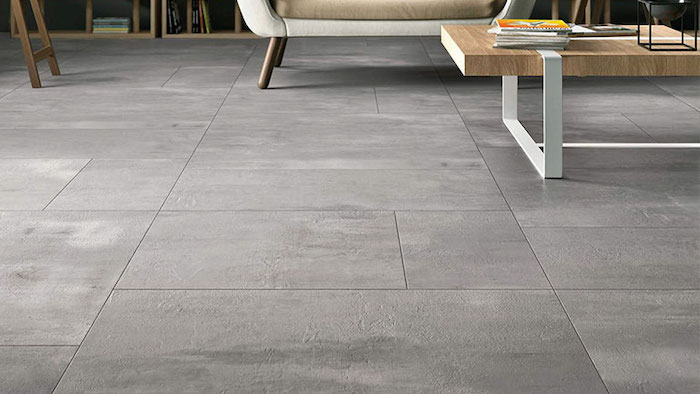
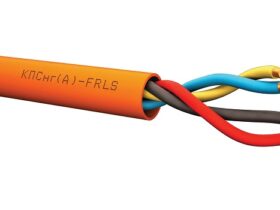

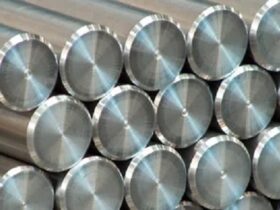

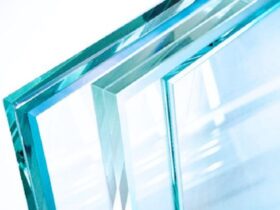
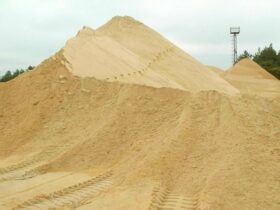










Оставить коммент.